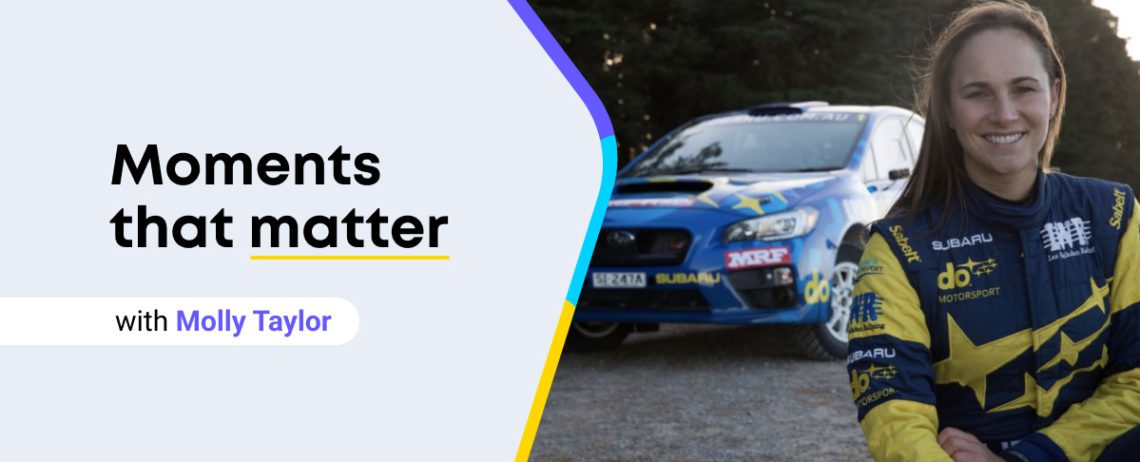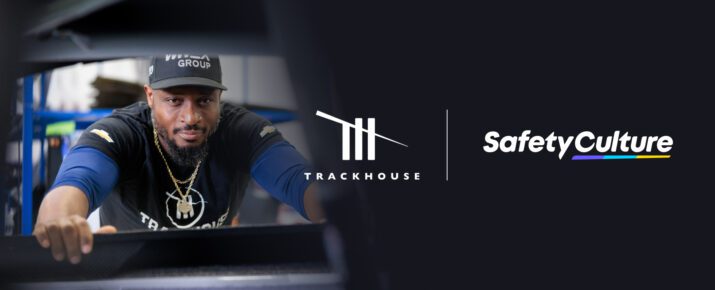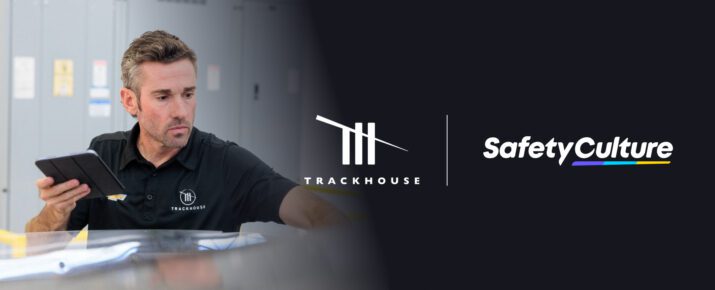Moments That Matter with Molly Taylor: The Makings of a Rally Champ
Moments That Matter | By | 25 Nov 2021 | 5 minute read

Welcome to Moments That Matter, a series dedicated to the seemingly small steps that, when combined, have a major impact. We don’t often look back on our day-to-day, but it’s these very moments that ladder up to something more. Here at SafetyCulture, we’re grounded in practice — the details that go into the doing. Join us as we chat to those at the top of their fields about the moments that helped make them.

Meet rally star Molly Taylor. In the last few years, she’s made the finale of breakout reality television programme SAS Australia, racked up a milestone Australian Rally Championship win as a factory driver for Subaru, and worked M-Sport’s workshop floor. Today, she’s chasing podiums in the Extreme E Championship as well as taking on selected rounds of the World Rally Championships (WRC) in an M-Sport Ford Fiesta.
As M-Sport’s official workplace operations partner, we chimed in on the road to the WRC and chatted to Molly about what it takes to make it in the rally world.
Rally, for the uninitiated, is a grueling form of motorsport where high-performance vehicles slide, skid and jump over all sorts of terrain — mud, ice, gravel, sand — at 200km per hour.
Unlike the reliable circuits of Formula 1, the rally environment is a wild card with twisting forests and unpredictable mountain tracks. Then, it’s back to public roads to get to the next stage, obeying traffic rules before drivers need to flip the switch back into speed mode and start all over again. The steely determination that it takes to make it in rallying is clear to see as Molly tears through some of the most challenging and erratic rally tracks in the world. Is there a method to this madness? Let’s see!
First things first — how did you learn to do that? Tell us how you first got involved in the rally world.
Rallying has always played a big part in my life. Both my parents are heavily involved in motorsports. My mum is a four-time Australian champion as a co-driver and competed professionally for about 20 years.
Growing up I used to go to the rallies and watch my mum but I never actually got involved until I was about 16 myself. My dad was running a rally school at the time and he got my sister and myself involved just to learn a bit of car control and for driver training. That was my first time actually trying it for myself rather than just watching. And then I realized how much fun it was and started competing from there.
SafetyCulture has been working with M-Sport as their Workplace Operations Partner. This year, you returned to the WRC for three rounds in M-Sport’s new Rally3 car. What would you say is your formula for success?
Ultimately you need a combination of things. You need speed and control but you also need great teamwork between the driver and the co-driver… and between the whole team as well, to develop and prepare a car that’s fast.
I know that the drivers normally get most of the press, but it really is a team sport. Particularly in rallying because you have two people in the car so you’re reliant on each other. And that co-driver has an important role because if they don’t give the information at the right time, there’s no way you can drive flat out. That goes for the whole team as well. These vehicles are very complicated machines and there’s a lot of variables behind the scenes that go into it. So it’s very, very much a team sport.
DID YOU KNOW each one of M-Sport’s high-performance vehicles are checked by SafetyCulture? The team uses our operations platform to monitor those crucial behind the scenes variables to help maintain the safety and quality of their vehicles. Read more here.
How do you build up the confidence and car control to be able to navigate such challenging tracks?
I think that’s something that’s never-ending. It’s not a case of suddenly feeling confident and it’s go-time. Initially, it’s hard to have confidence when you don’t know exactly what’s going to happen or what it’s going to take. There’s just so much to learn because the conditions, the group, the road, everything is constantly changing. Getting everything right is definitely a building process.
It’s about putting yourself somewhere that’s uncomfortable and trusting that you’ll build that intelligence. Because it’s all about knowing when to push and when to pull back and not take that risk. That adaptability comes with time. And then you build more confidence with preparation.
Preparation is key — It must be a gruelling practice schedule!
Rally driving is a bit of a funny sport. Take almost any other elite athlete; footy player, tennis player, golfer and you see them training pretty much every day. In rallying, our season is only a certain number of days a year, with limited access to in-car testing before each event. So really, we might get around 6-10 actual ‘practice days’.
So when you do get access to the car, every moment counts. How do you make the most of it?
Away from events, I put a large amount of time into reviewing my in-car footage and pace notes. In order to drive that fast, you need to draft good pace notes to describe the road effectively.
With that in mind, we always go in with a bit of a plan. You know, maybe there’s a couple of things we want to try that we think might work based on what we’ve learned from previous events.
You start setting up for the race and then you can evolve things through the event if you want. And then it’s also a bit of a shakedown for the drivers because you would need to get back in the car and get the rhythm back. A lot of the time you’ve been out of the car for a month or so, so you need to work on getting that feeling back.
Imagine turning up at a tennis tournament and you haven’t picked up a racket since you last hit a ball a month or two ago. Then you go to walk right in and play the final straightaway. It’s a unique challenge.
What about on race day itself? Everything builds to this moment — what goes through your head?
Honestly, there’s a huge amount of up and down. You have to get fired up for a stage, then relax on your way to the next one, get fired up again, and repeat this over two to three days. It’s mentally and physically demanding. We also don’t have any air conditioning or cool suits inside the car, so you are maintaining a huge amount of concentration in a really hot environment.
At that point, a lot of it is feel and reaction, because you don’t really have time to break everything down in your head when you’re going at 200km/h. So really, it’s about not having any distractions and being in that moment. That’s really where that edge of speed is.
Feel the need for speed? Go behind the scenes with M-Sport and SafetyCulture.
Important Notice
The information contained in this article is general in nature and you should consider whether the information is appropriate to your specific needs. Legal and other matters referred to in this article are based on our interpretation of laws existing at the time and should not be relied on in place of professional advice. We are not responsible for the content of any site owned by a third party that may be linked to this article. SafetyCulture disclaims all liability (except for any liability which by law cannot be excluded) for any error, inaccuracy, or omission from the information contained in this article, any site linked to this article, and any loss or damage suffered by any person directly or indirectly through relying on this information.





